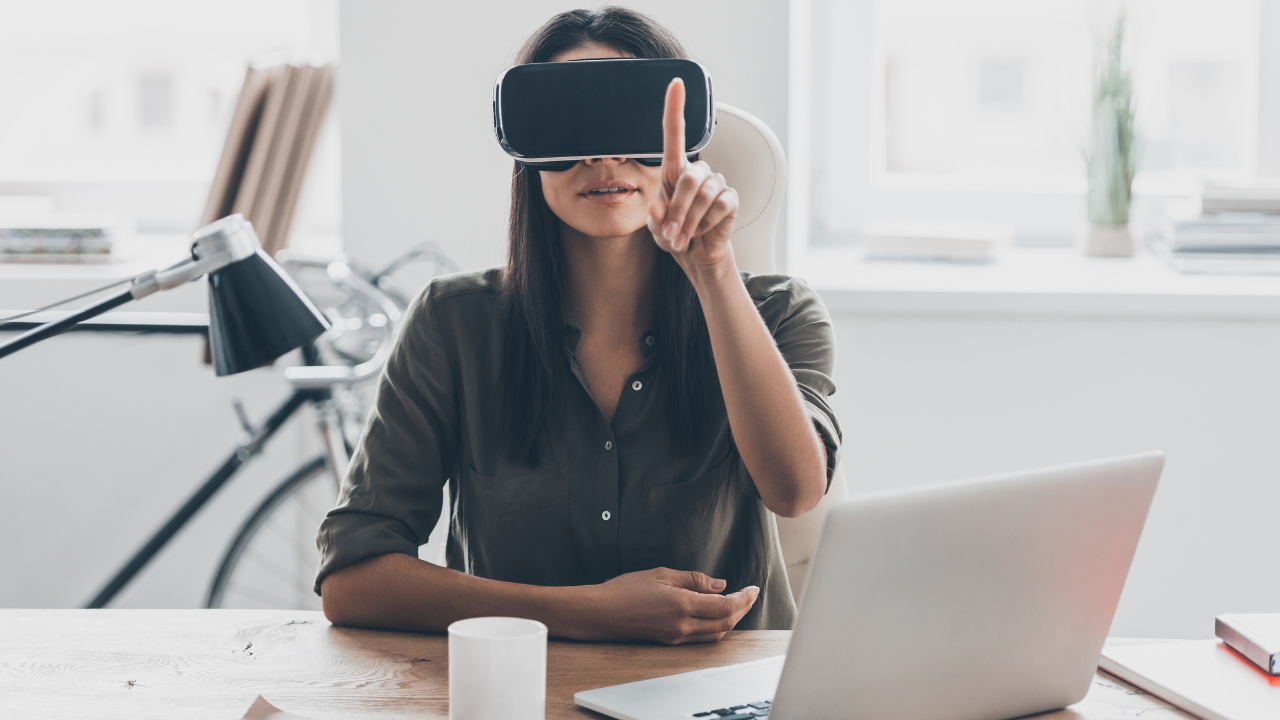Over the past year, companies have come to fully realize that the crux of any successful business is a healthy employee experience (EX).
Adopting more flexible policies, equipping them with modern technology and ensuring that they are caring for their wellbeing helps boost morale and productivity of businesses
A joint report from Forbes Insights and Salesforce revealed that “companies that have both high EX and CX see almost double the revenue growth as those that do not.”
But the pandemic has made it harder for businesses to keep employees engaged, with a Gartner report finding that the appropriate employee experience will take more than just HR to navigate.
Technology is crucial to keeping distributed workers connected. Some companies have opted for Slack channels that range from project-related discussions to watercooler talk, while others have leaned into Zoom happy hours.
However, there is one other tool that may seem slightly more advanced, but offers a much bigger payoff.
The use of virtual and augmented reality can help employees achieve the closest possible connection with colleagues, without having to be in the same room as them.
VR can be used in a myriad of ways. For instance, VR can serve as a tool to train incoming and existing employees by demonstrating and emerging them into their new skills.
“Virtual reality (VR) can enable meaningful remote collaboration and provide an in-person experience, immersing users in realistic scenarios, allowing for employees to be upskilled and retrained faster,” said Tom Symonds, CEO of VR training platform company Immerse.


 Dr. Gleb Tsipursky – The Office Whisperer
Dr. Gleb Tsipursky – The Office Whisperer Nirit Cohen – WorkFutures
Nirit Cohen – WorkFutures Angela Howard – Culture Expert
Angela Howard – Culture Expert Drew Jones – Design & Innovation
Drew Jones – Design & Innovation Jonathan Price – CRE & Flex Expert
Jonathan Price – CRE & Flex Expert












